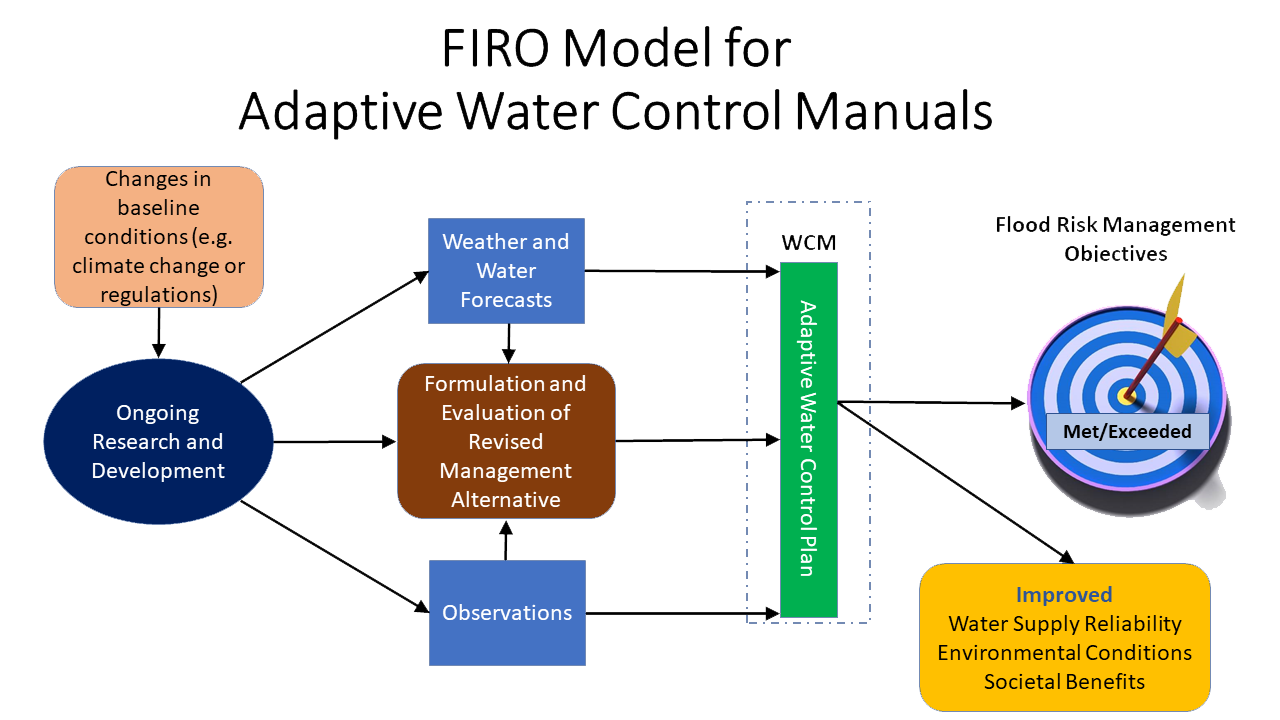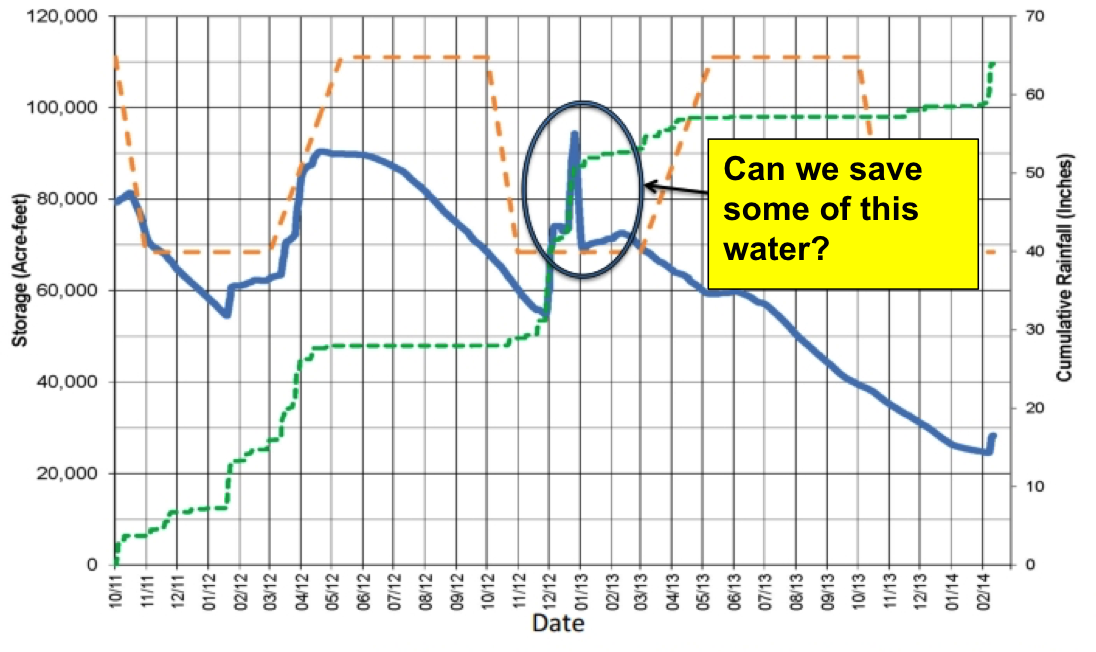Some Movement on a Tijuana River Sewage Solution
Beaches remain closed from the border to south Coronado, but a slough of officials in recent days has elevated calls to fund a long-term solution to pollution from the Tijuana River.
Beaches remain closed from the border to south Coronado, but a slough of officials in recent days has elevated calls to fund a long-term solution to pollution from the Tijuana River.
Over the weekend, Burning Man attendees were forced to shelter in place when the usually-parched Black Rock Desert got roughly 3 months’ worth of rain in 24 hours. In August, Tropical Storm Hilary dropped as much rain on some inland areas of Southern California in a single day as they would typically receive in an entire year. In an age of Western megadroughts and dangerous decimation of groundwater throughout the country, recent storms underscore the importance of investing in the capacity to manage, collect, and store water.
Some Peninsulans are getting an unexpected surprise in their mailboxes: several months worth of water bills all due at once.
Legislation signed into law by California Governor Gavin Newsom ensures the state has the science and weather forecasting tools it needs for more flexible reservoir operations. The bill, AB 30, makes breakthrough water management technology standard for the California Department of Water Resources.
The legislation was introduced by San Diego Assemblymember Chris Ward and co-sponsored by the Sonoma County Water Agency and the San Diego County Water Authority. The bill was supported by the Water Authority’s partner, UC San Diego’s Scripps Institution of Oceanography.
The strategy is called forecast-informed reservoir operations, or FIRO, and it complements Gov. Newsom’s California Water Supply strategy released in August 2022 calling for more reservoir storage capacity to capture runoff from big storms, often fueled by atmospheric rivers. The governor and Legislature have already provided funding for state water managers to integrate the strategy.
“We thank Assemblymember Chris Ward for his leadership and vision in supporting next-gen water management and flood reduction efforts that will benefit residents statewide,” said Mel Katz, chair of the San Diego County Water Authority Board of Directors. “The legislation provides an innovative approach to help San Diego County and California thrive in the changing climate.”
Forecast-informed reservoir operations use weather predictions to advise dam operators about how much water to retain or release from reservoirs, enhancing their ability to handle whatever nature serves up while retaining as much water as possible in storage.

Diagram illustrating the FIRO process to develop an adaptive water control manual. Graphic courtesy Scripps Institution of Oceanography Center for Western Weather and Water Extremes
Many reservoirs in the West are strictly regulated based on historical averages of winter storms and spring runoff. Under existing rules, the highly variable rainfall from year to year is not directly considered. Complicating the problem, many current guidelines and practices were developed before satellites, radar and advanced numerical models significantly improved weather forecasts.
To address these challenges, researchers at Scripps Institution of Oceanography and elsewhere developed tools that provide weather forecasters with reliable notice of atmospheric rivers a week in advance. Advancing this research could have taken decades, but sophisticated prediction products have evolved in less than 10 years with funding by the San Diego County Water Authority and other water agencies statewide, along with state and federal support.
The Water Authority has partnered with SIO and the Scripps Center for Western Weather and Water Extremes at UC San Diego, to share and support best practices in FIRO, to increase research around atmospheric rivers and droughts, and develop strategies for mitigating flood risk and increasing water supply reliability.
Legislation signed into law by California Governor Gavin Newsom ensures the state has the science and weather forecasting tools it needs for more flexible reservoir operations. The bill, AB 30, makes breakthrough water management technology standard for the California Department of Water Resources.
The legislation was introduced by San Diego Assemblymember Chris Ward and co-sponsored by the Sonoma County Water Agency and the San Diego County Water Authority. The bill was supported by the Water Authority’s partner, UC San Diego’s Scripps Institution of Oceanography.
The strategy is called forecast-informed reservoir operations, or FIRO, and it complements Gov. Newsom’s California Water Supply strategy released in August 2022 calling for more reservoir storage capacity to capture runoff from big storms, often fueled by atmospheric rivers. The governor and Legislature have already provided funding for state water managers to integrate the strategy.
“We thank Assemblymember Chris Ward for his leadership and vision in supporting next-gen water management and flood reduction efforts that will benefit residents statewide,” said Mel Katz, chair of the San Diego County Water Authority Board of Directors. “The legislation provides an innovative approach to help San Diego County and California thrive in the changing climate.”
Forecast-informed reservoir operations use weather predictions to advise dam operators about how much water to retain or release from reservoirs, enhancing their ability to handle whatever nature serves up while retaining as much water as possible in storage.

Many reservoirs in the West are strictly regulated based on historical averages of winter storms and spring runoff. Under existing rules, the highly variable rainfall from year to year is not directly considered. Complicating the problem, many current guidelines and practices were developed before satellites, radar and advanced numerical models significantly improved weather forecasts.
To address these challenges, researchers at Scripps Institution of Oceanography and elsewhere developed tools that provide weather forecasters with reliable notice of atmospheric rivers a week in advance. Advancing this research could have taken decades, but sophisticated prediction products have evolved in less than 10 years with funding by the San Diego County Water Authority and other water agencies statewide, along with state and federal support.
The Water Authority has partnered with SIO and the Scripps Center for Western Weather and Water Extremes at UC San Diego, to share and support best practices in FIRO, to increase research around atmospheric rivers and droughts, and develop strategies for mitigating flood risk and increasing water supply reliability
Water recycling reduces the need to import or develop additional drinking water supplies. It is a vital water management strategy to ensure a safe, reliable, and locally controlled water supply to support healthy environments, robust economies, and high quality of life.
Water and wastewater agencies in San Diego County are developing or expanding their water recycling infrastructure. Among those at the forefront is the Olivenhain Municipal Water District. OMWD marks a significant milestone in August: the 20th anniversary of its award-winning 4S Ranch Water Reclamation Facility, which began serving high-quality recycled water for irrigation in August 2003.
Los Angeles saw its eighth wettest season in 145 years last winter. The torrential downpours did more than fill aquifers, shrink water waste complaints and ease drought concerns—they also led to the biggest cutbacks in regional residential water use in four years.
The average customer of the Los Angeles Department of Water and Power used 59.5 gallons per day from Jan. 1–May 31, according to publicly available water use and conservation data from the California State Water Resources Control Board.
According to new data released by the California State Water Resources Control Board (SWRCB), average monthly residential water use sharply declined in the first half of 2023, with water stores in reservoirs and other places continuing to remain well above average.
Imagine going to dinner with a large group where everyone orders a full meal and one couple leaves just as the bill arrives. Unfortunately, this “dine and dash” is happening right now in San Diego County. Except it’s not just friends at dinner but rather two water districts attempting to leave us all with a tab of more than $200 million as they form a new partnership in Riverside.
What does this mean for the rest of us? All our water bills will go up as we’re forced to foot the bill.
The San Diego County Water Authority was recognized with a national award from the Alliance for Water Efficiency for programs that help county residents and businesses conserve water. The Water Authority earned the 2023 Utility Innovation Award for developing and deploying of one of the first and most comprehensive multi-benefit water-use efficiency incentive programs in the nation, in partnership with the County of San Diego.